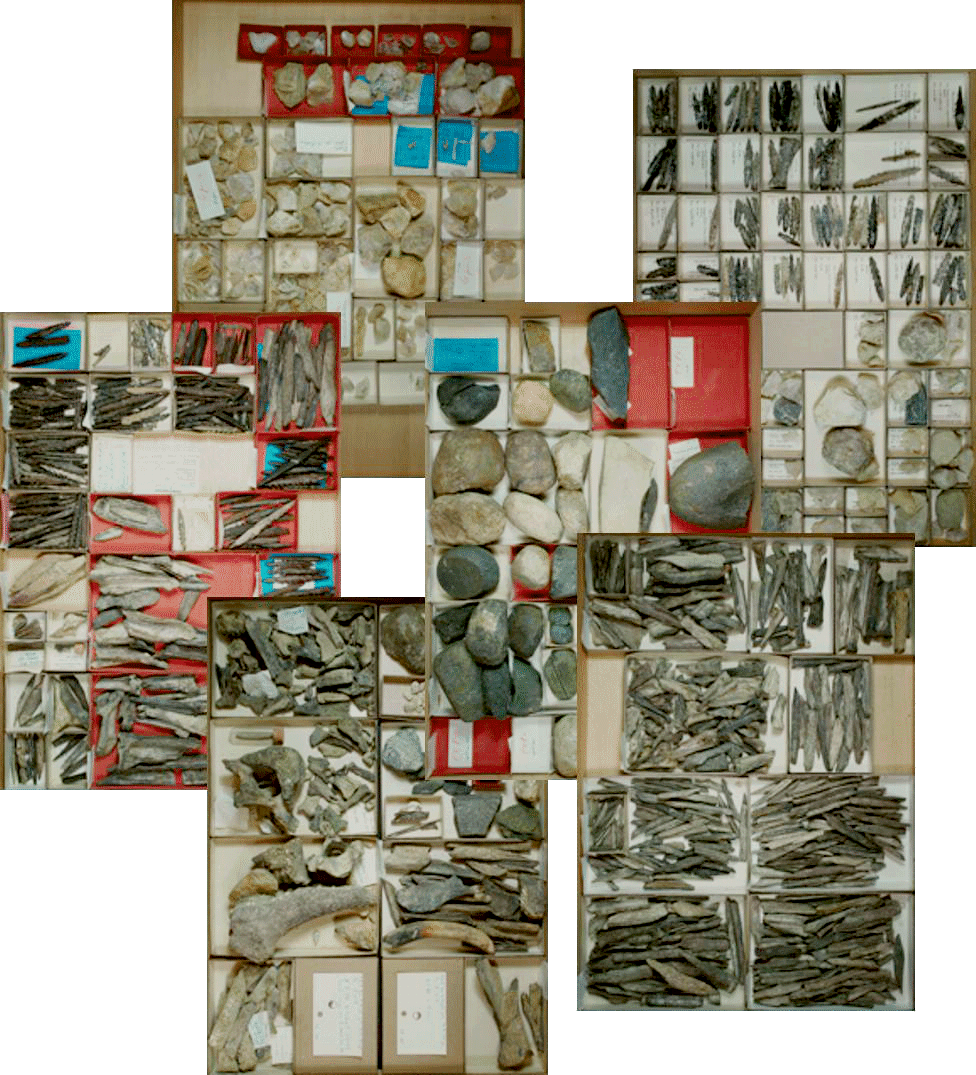
Remains by the thousands
Thousands of remains were found during the excavations in Ishango. There were
quartz tools and both human and animal bones. The majority of the objects were
found in the lower layers of the stratigraphy and are very old, dating back to
25 000 to 20 000 years ago.
In an excellent state of conservation
Bony materials have not had time to degrade. These materials were quickly
fossilized due to the presence of fossilized minerals from volcanic ash in the
surrounding sediment and the water of the lake. These mineralized bones have a
dark brown colour, which is far removed from their original colour, and no longer
contain organic matter. In other words, they are now stone!
Where are all these pieces today?
These collections are housed at the Royal Belgian Institute of Natural Sciences in Brussels.